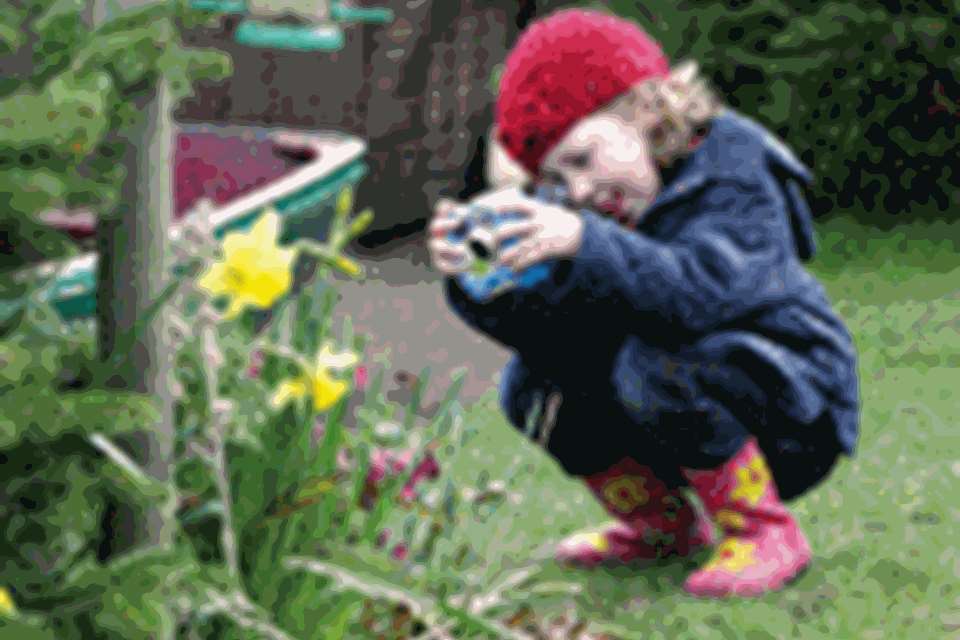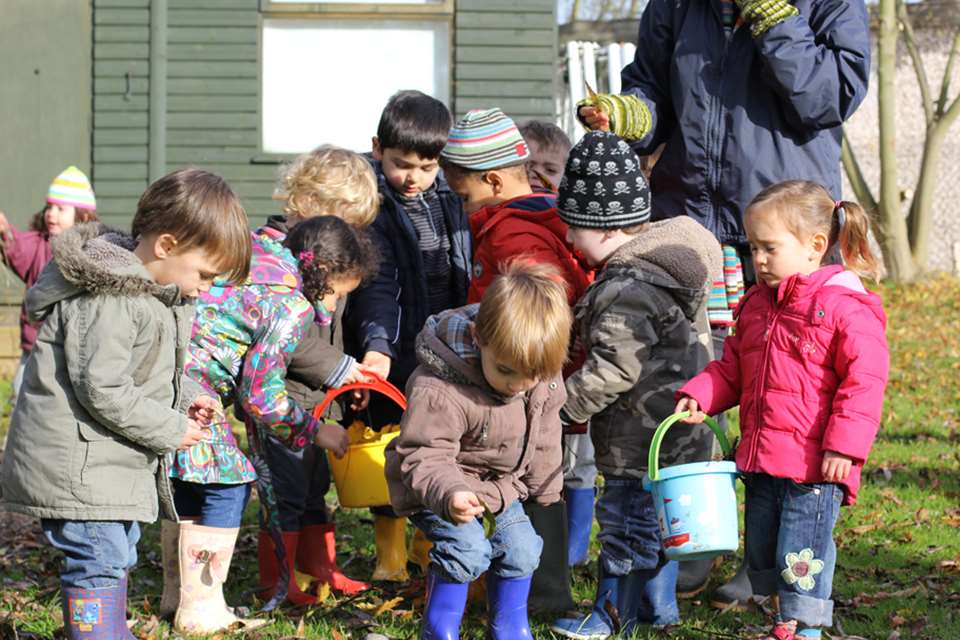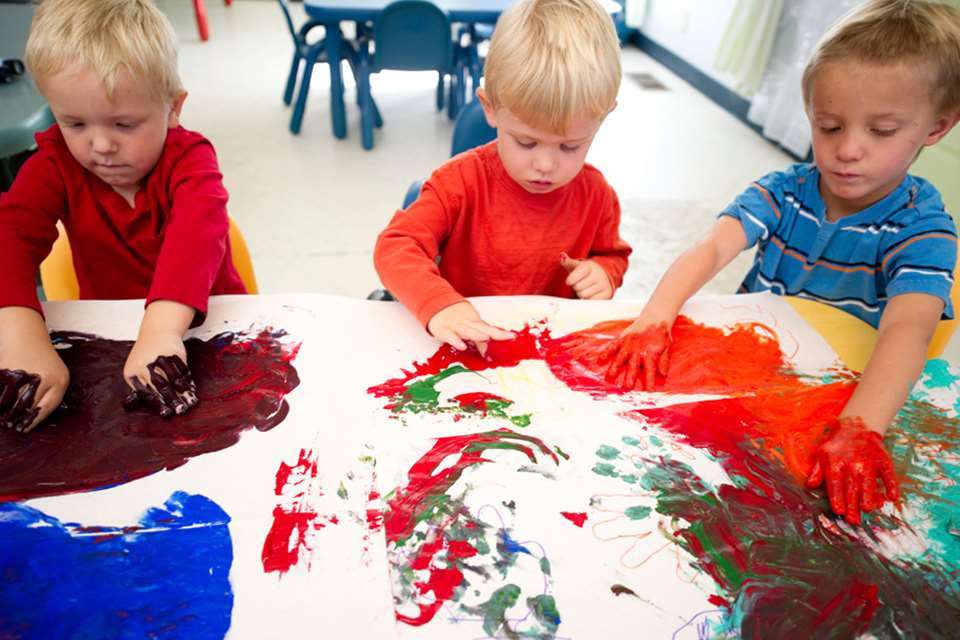Learning & Development: Motivation - At source
Marion Dowling
Monday, July 25, 2016
What influences learning? Marion Dowling explores how children develop the inner drive to learn things for themselves
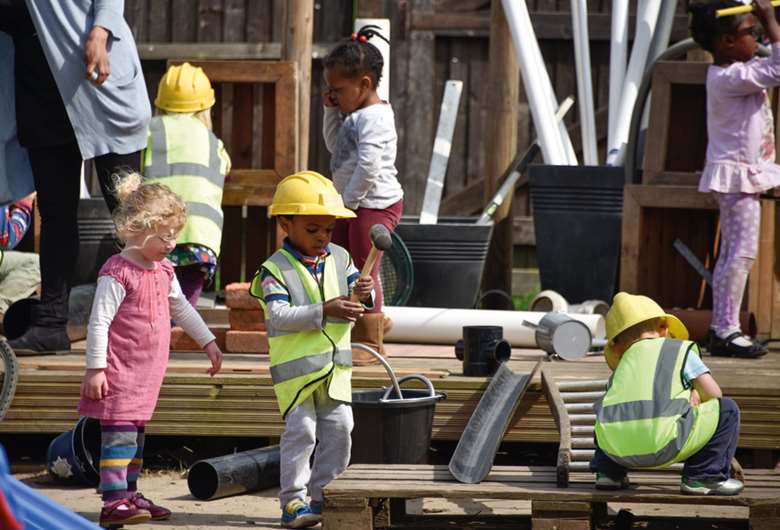
What influences a child’s learning is always a hot topic, and this time I am raising it in relation to the current climate in education and its effect on children, parents and educators.
A strong and constant message arising from research, literature and counselling courses is that whatever the circumstances, the key to learning successfully lies within ourselves – in our dispositions and attitudes and how we make sense from experiences.
Lillian Katz usefully defines attitudes as a set of beliefs, and dispositions as the demonstration of those beliefs in behaviour1. So, for example, a boy whose anxiety when faced with anything different leaves him unprepared to rise to a new challenge – his anxiety has led him to adopt a very cautious disposition.
DISPOSITIONS AND ATTITUDES
From birth, children are naturally curious and eager to explore their surroundings. They seek information, initially by pointing and facial expressions and then through spoken language – the interminable ‘why’.
Most two-year-olds approach life as if it were a major project2. Now able to move more freely, they explore using their senses, are fascinated by things and people and closely observe the ways of the world. All of this development is natural and comes from within a child.
As they mature, children’s enthusiasm to add to their knowledge and understanding is prompted in different ways and is closely linked to the child’s self-esteem and self-knowledge. In this competitive world, children with sound self-esteem are well placed to learn; the EYFS stresses educational programmes should include experiences and activities that build children’s confidence in their abilities3.
Self-knowledge enables individuals to develop a view of themselves that is both optimistic and realistic. To learn, children must believe that they are able to do so. If this belief is not secured during the early years of life, it is unlikely to blossom later.
SOURCES OF MOTIVATION
How children feel about themselves powerfully affects their views of themselves as learners, and their motivation to learn4. Dweck illustrates this by reference to mastery and helpless behaviour5.
Children following a mastery approach have a positive view of themselves. Those who are focused on learning are interested in it for its own sake. They may have been encouraged by close adults who share their enthusiasm for finding out. These children relish the challenge of new experiences, are undaunted by making mistakes and regard failures as useful events from which they can benefit. They persevere in the face of difficulty and believe that through persistence they will eventually succeed.
With each new discovery, the child’s feelings of being in control and sense of competence strengthen. It is this control and competence that drives intrinsic motivation in master learners and energises their further learning.
Other children may have lacked adult support, found new things difficult and been daunted by failure. Over time these children learn to doubt themselves, lack self-belief, show helpless behaviour and adopt a fixed mindset. They stick to the familiar where they feel safe. They avoid the challenge of uncertainty and initial confusions involved with thinking. Their helpless mindsets leave them unable to adopt strategies to help themselves. With this lack of agency, helpless learners start to rely on external factors, praise, marks, rewards – the trappings linked to extrinsic motivation. (And these mindsets apply equally to adults.)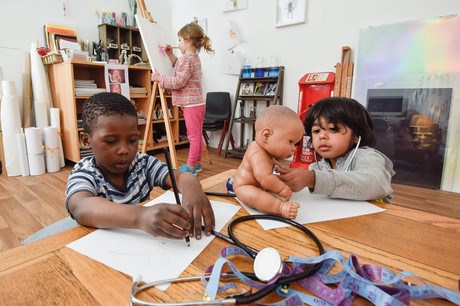
THE CURRENT CLIMATE
The ongoing governmental thrust for children to achieve higher standards in school has precipitated the decline of the child-centred curriculum founded on intrinsic motivation, and with that created tensions for children, parents and educators.
Impact on children
The Plowden report (1967) made clear that ‘At the heart of the educational process lies the child’6 and that this ‘process’ should be based on children’s needs and interests. Plowden’s child-centred philosophy based on intrinsic motivation envisaged children being energised to learn by following their interests and supported to follow a programme that absorbed them. In stark contrast, the 1988 Education Reform Act emphasised that at the heart of the educational process is the curriculum7.
The National Curriculum introduced under the Act focused primarily on content – generally, the core knowledge that children need to become educated citizens, and particularly, on maths, literacy and science.
The impact of narrowing the curriculum in this way denies children a rich and balanced programme and relegates enrichment subjects in the arts and physical education. The emphasis is on learning by rote or committing information to memory, which in a hierarchy is low-order learning; higher-order learning requires children to have the inner drive to learn things for themselves.
This concern with content, and how much information a child has absorbed means that the curriculum and its test-driven assessment system emphasise extrinsic rewards and leave little opportunity for children to become – and be recognised as – active learners.
Young children become keen to please; many being aware that their parents are anxious for them to achieve targets in tests suffer low self-esteem if they fail to do so.
The early years has not been immune from this trend. While it is heartening that the baseline assessment for four-year-olds has been withdrawn (albeit temporarily), it too has focused increasingly on narrow knowledge skills and concepts – in this instance linked to a child’s ‘school readiness’.
What is crucial when young children make the transition to Reception is not so much basic skills – though these are important – but rather that they quickly feel in control and have a ‘can do’ approach to new challenges and the new environment. The pressing need to rethink ‘school readiness’ became apparent in a recent national report which found that one third of Reception children were not ‘school ready, many not toilet trained and were lacking communication skills’8. Our expectations of young four-year-olds need to be more realistic and we should remind ourselves about what truly motivates children.
To make true progress in learning, children need to use what they know already and modify their ideas in the light of new information. This learning is creative, active and personal. It is also very hard work. Children must feel that it is worthwhile investing their considerable energies.
We can become motivated when we feel that we are doing something interesting and succeeding in it, and so it is with children. The younger the child, the more important it is to allow them to practise and apply what they know already. Doing more of the same is particularly pleasurable and affirmative for infants, but there comes a time to introduce new experiences.
By contrast, where adults are anxious to press on, too often they go beyond the child’s understandings and leave them feeling inept. That precious drive to learn dissipates quickly when a child is bored or befuddled. Adults need to develop a ‘red alert’ to the signs of either9.
Impact on parents
Given that most parents usually accept the curriculum that is offered to their children in school, it was significant that on 3 May around 1,000 parents kept their children off school. The ‘children’s strike’ was primarily aimed at the KS1 and KS2 SATs and demonstrated parental frustrations that their children were being ‘force fed’ a narrow curriculum that ignores key growth experiences, particularly in creativity and aspects of personal and social development.
Moreover, parents who want the best for their children are anxious about the pressures of constant assessments and tests to check their attainments in a very limited range of subjects. The outcomes of these measurements give parents very few insights into their children’s all-round academic progress and no information about their personal and social development.
Impact on teachers
The vast majority of primary and early years educators have always worked hard and derived many intrinsic rewards, recognising their autonomy in the use of teaching methods and satisfaction of using their professional skills to help children progress across a broad and holistic curriculum.
Now the curriculum, and assessment, require staff to focus narrowly, with memorisation and recall being valued over enquiry and understanding. The high levels of prescription imply that staff need to be told what to do and when.
Writing recently in The Guardian – before Theresa May’s reshuffle – former education secretary Estelle Morris warned, ‘The influence ministers now exercise over what is assessed, how it is assessed and the consequences of the results is so powerful that many teachers feel utterly constrained in the decisions they are free to make.
‘The ministerial team under Nicky Morgan… rally around a banner of freeing schools, trusting teachers and schools leading the system. But it is the growing divergence between this rhetoric and the reality that is a major cause of the present crises. While politicians talk about the new freedoms they are giving schools, our teachers are working with a curriculum, assessment and pedagogy that are increasingly directed by ministers’ own priorities and prejudices.’10
This exemplifies the impact of an education system based on extrinsic motivators, and we must remain motivated in our attempts to combat its impact on young children.
REFERENCES
1 Katz L (1995)Talks with Teachers of Young Children. Ablex
2 Manning Morton J (2005) ‘Working with Two-Year-Olds’, Nursery World, 5 May 2005
3 Department for Education (2012)Statutory Framework for the Early Years Foundation Stage. HMSO
4 Siegler R, Deloache J and Eisenberg N (2003)How Children Develop. WorthPublishing
5 Dweck C (2006) Mindset:The New Psychology of Success. Random House
6 Department of Education and Science (1967)Children and Their Primary School. Report of the Central Advisory Council for Education. HMSO
7 Department of Education and Science (1988)The Education Reform Act: Implications for the Curriculum and Assessment Arrangements for all Pupils. HMSO
8 The Key (2016)State of Education: Survey Report 2016. Spotlight on Schools. IPSOS
9 Dowling M (2006) in Sally Featherstone (ed) L is for Sheep: Getting Ready for Phonics. Featherstone Education
10 Morris E (2016) ‘The gaping hole between ministers’ rhetoric and reality’ inThe Guardian, 24 May 2016


